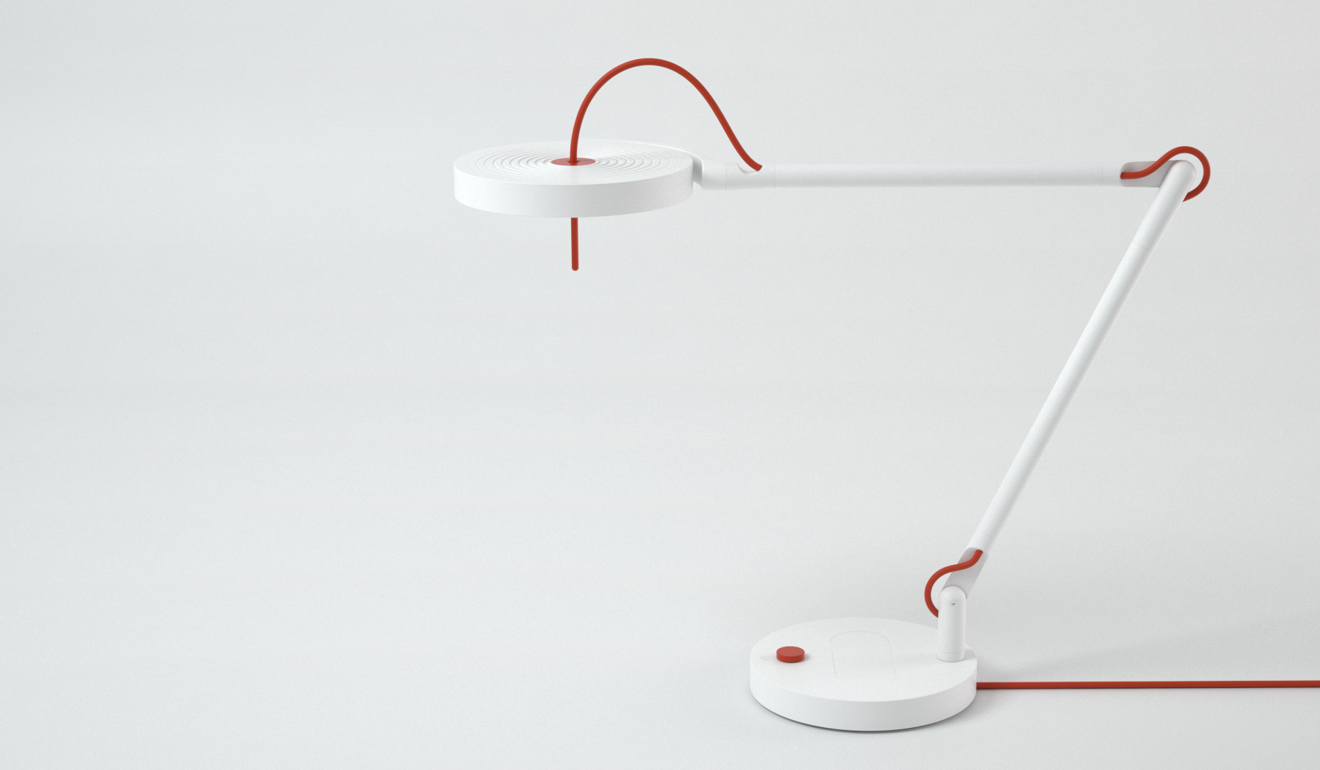
Fed up with Wi-fi? Li-fi technology turns light bulbs into smart devices that transmit data – and it is in homes already
The idea of using LED bulbs to provide a broadband internet connection through light waves was floated in 2011; now companies are coming up with different ways to harness this power

Thomas Edison illuminated the world when he patented the first electric light globe in 1879. In the digital era, another bright spark had a new idea: what if every light bulb in the world could also transmit data?
During a TED Talk in 2011, University of Edinburgh Professor Harald Haas floated the idea of a technology that enabled LED lighting to provide a broadband internet connection through light waves. He called it Light Fidelity, or Li-fi. Today, his company pureLiFi is one of the pioneers rolling out this technology to customers.
Olivia Qiu, chief innovation officer at Signify (the new company name of Philips Lighting), compares Li-fi, a two-way, high-speed wireless technology, to Wi-fi, but says it uses light waves instead of radio waves to transmit data. Within the stream of light from the overhead luminaire, a broadband connection is highly secure, and provides a connection with a speed of 30Mb per second without compromising lighting quality.
“While radio frequencies are becoming congested, the visible light spectrum is an untapped resource with a large bandwidth suitable for the stable simultaneous connection of a vast array of Internet of Things devices,” she says.

Icade, a French real estate investment company, is piloting Signify’s technology in its smart office in Paris’ La Defense business district.
“In just two years, 30 per cent of the growing data demand will go unmet by radio frequency technologies such as Wi-fi and cellular,” said Alistair Banham, CEO of pureLiFi.
“The world will need light to meet this growing demand. Light – and therefore Li-fi – has more than 1,000 times the spectrum of the entire radio spectrum; [it] is capable of greater speeds, can almost completely eliminate interference and is inherently secure.”
Just as 4G networking did not replace 3G networking, Li-fi will complement, not replace Wi-fi, Banham says. It will, however, “do the heavy lifting in the future”.
Early adopters of the technology include telecoms, enterprise groups, the lighting industry and businesses wanting the most secure wireless communications (such as defence), Banham says. He believes the technology will have “limitless applications” in many markets, including residential.
“Li-fi will be in every LED light and every device connecting everything and everyone in the future,” he predicts. “It will transform every light bulb into a smart device providing cloud and computation power.”

French company Oledcomm is already putting Li-fi technology in householders’ hands, with the recent introduction of its MyLiFi table lamp.
A mobile app gives users control to adjust the lighting intensity, connect different lamps to each other, and to log off.
So at home, within the “bubble” of the Li-fi’s beam, gamers can enjoy fast and reliable connections, pointing the beam in any direction, while parents can control their children’s internet use by simply switching off the connection.
“This mobile app functionality allows families to precisely choose their connected moments and schedule their own “digital detox” offline moments, using an interactive calendar,” says Benjamin Azoulay, CEO of Oledcomm.